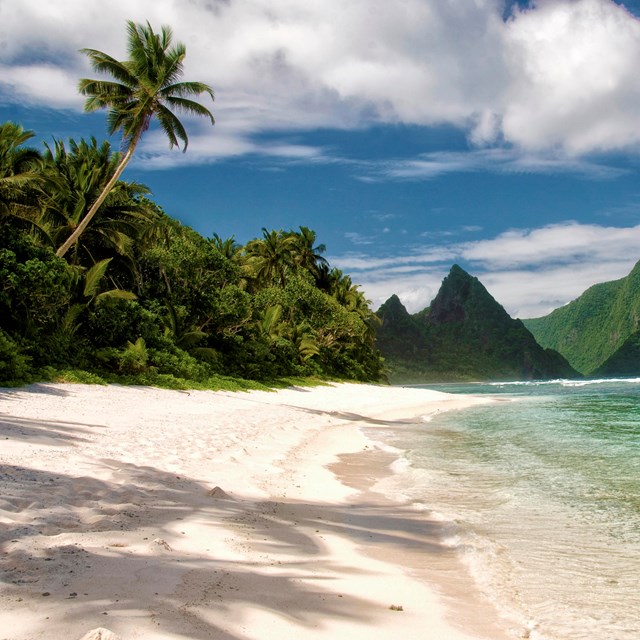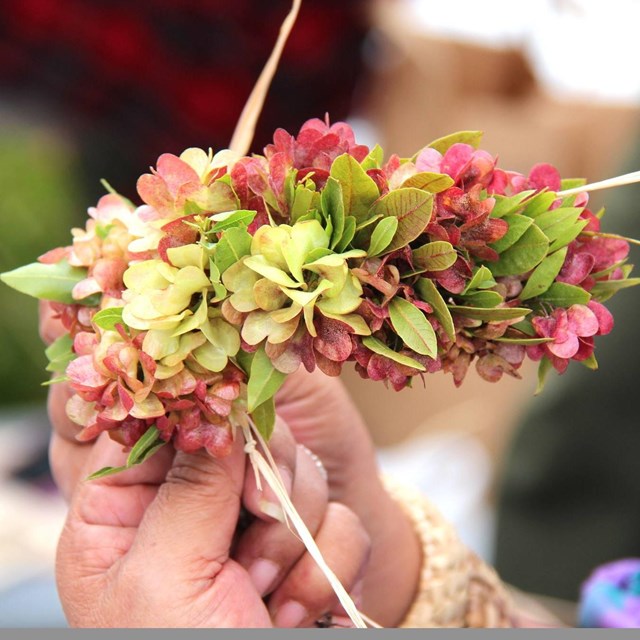
NPS Photo
Although better known for scenic shores and recreation, coastal and Great Lakes national park sites also preserve elements of this country’s native heritage. Many native peoples have ties to these lands and waters, carrying on traditions that date back thousands of years. In some cases, archeological sites in these parks preserve the only known records of ancient cultures, helping us envision the people who once lived, traveled, fished, harvested, and traded along our nation’s shores.
Ongoing studies of archeological sites at Bering Land Bridge National Preserve in Alaska provide evidence of the first peoples to arrive in North America over 10,000 years ago. Shell works in Everglades National Park preserve remnants of the Calusa people – a once thriving culture that was wiped out from disease not long after contact with Spanish explorers in the 16th century. In Acadia National Park, Wabanaki people still collect sweetgrass for baskets – just as their ancestors did for 5,000 years.
These are just a few stories of how coastal and Great Lakes national parks reflect our robust national heritage. For thousands of years before the first western explorers set foot on these shores, cultures with different beliefs, traditions, and languages flourished here –rivaling the diversity we see in this country today. The one thing they all shared was a connection to the land and waters that inspired and sustained them. Click on the links below to learn more about past cultures and how modern native peoples continue to honor their heritage today.
-
 Coastal Migration
Coastal MigrationLearn about the earliest migrations.
-
 Spiritual Ties
Spiritual TiesDiscover cultural connections to the ocean.
Last updated: May 23, 2017
